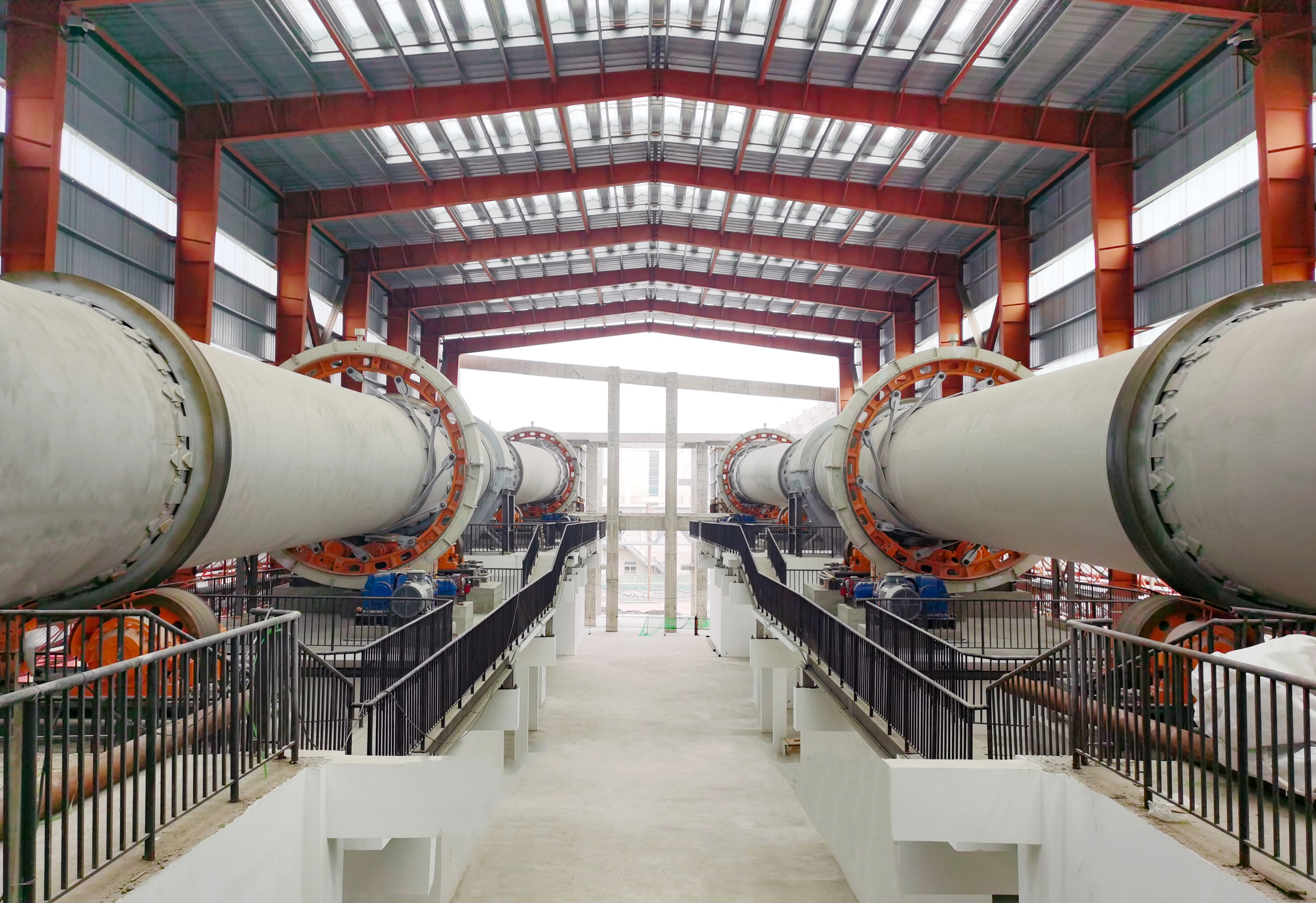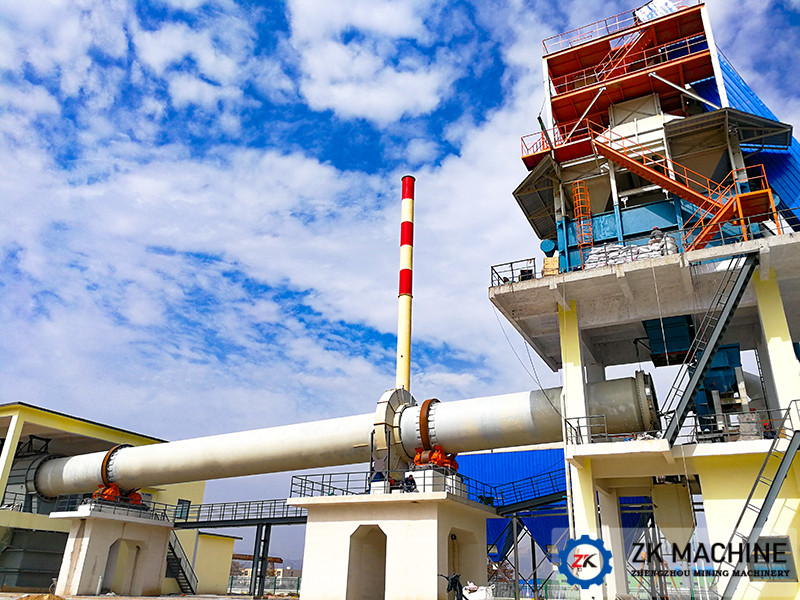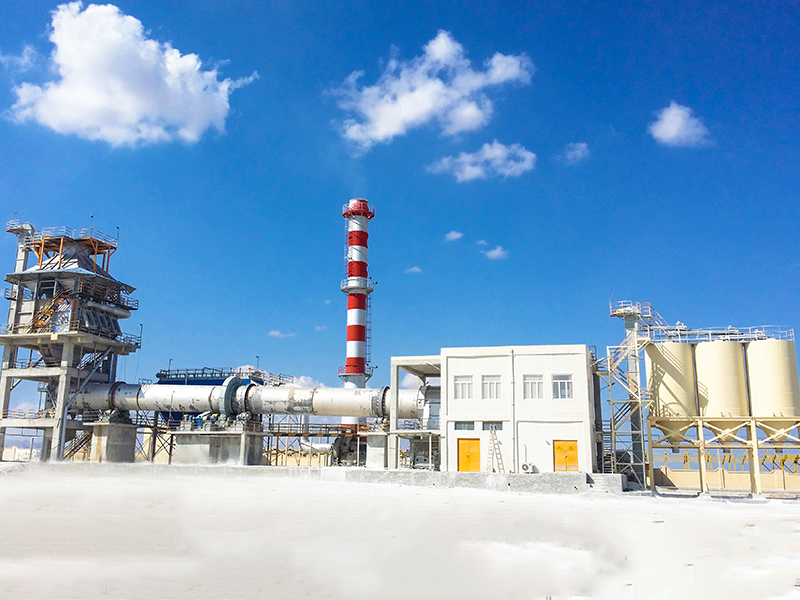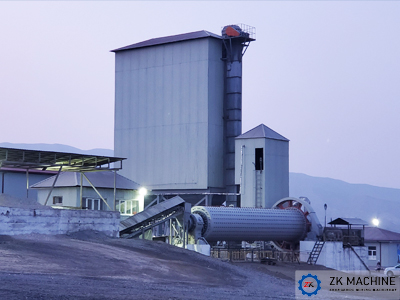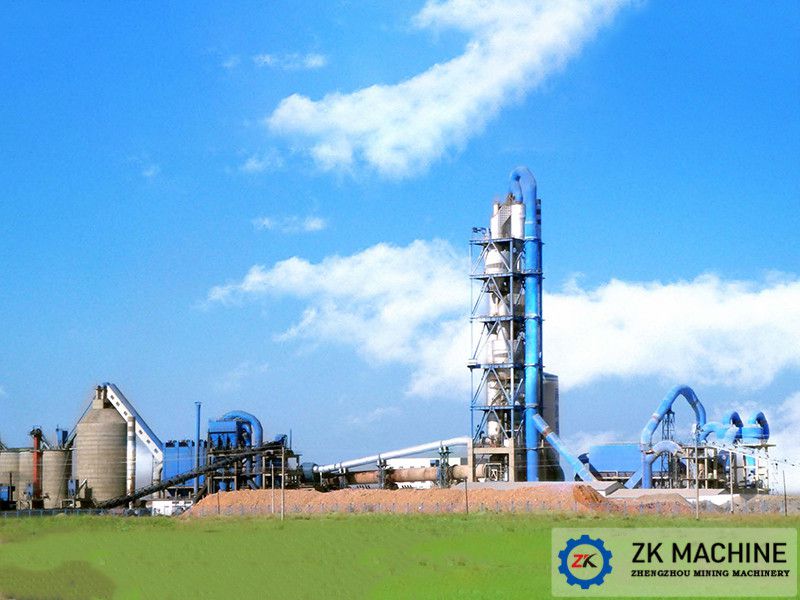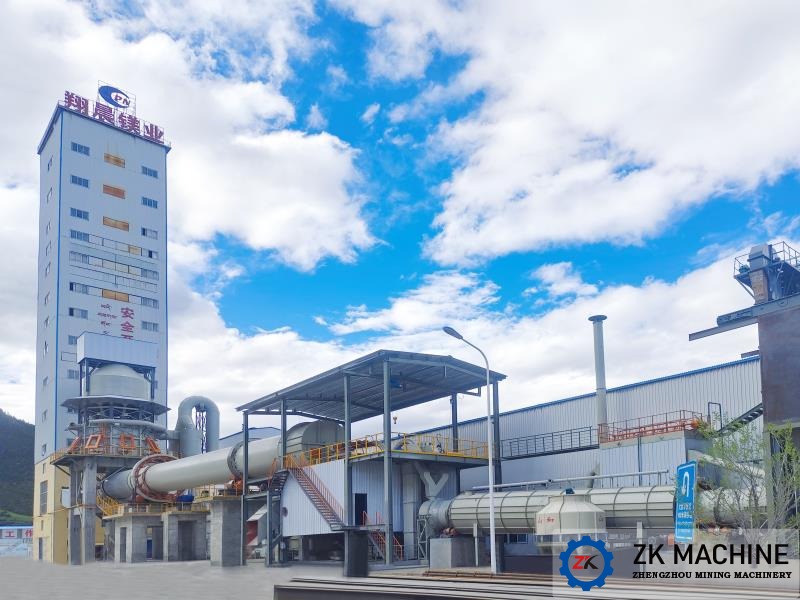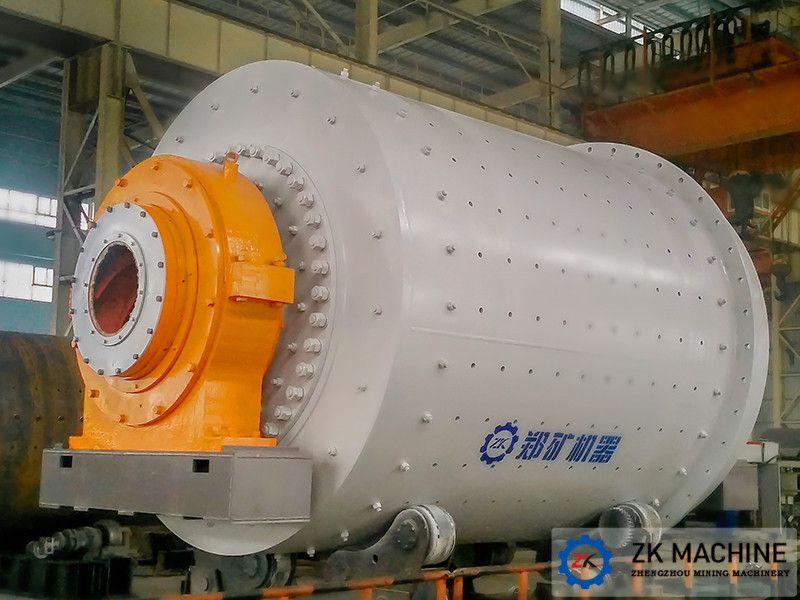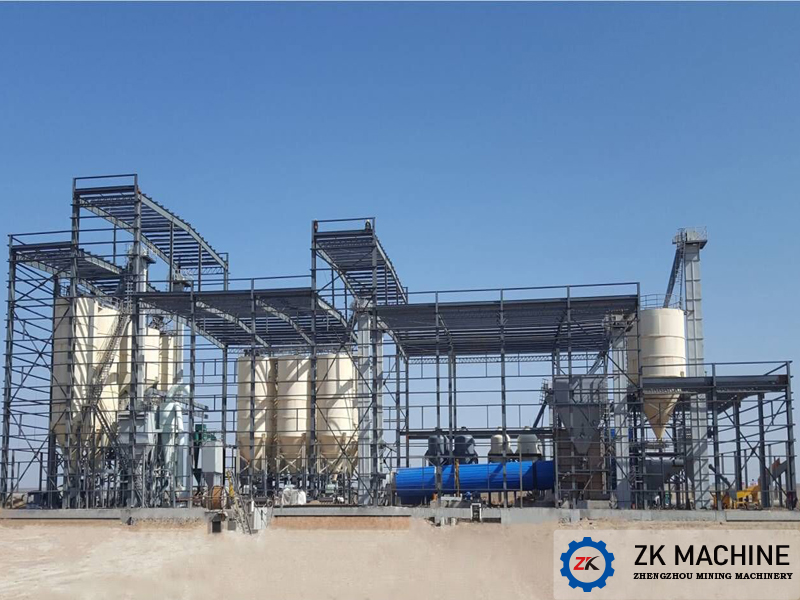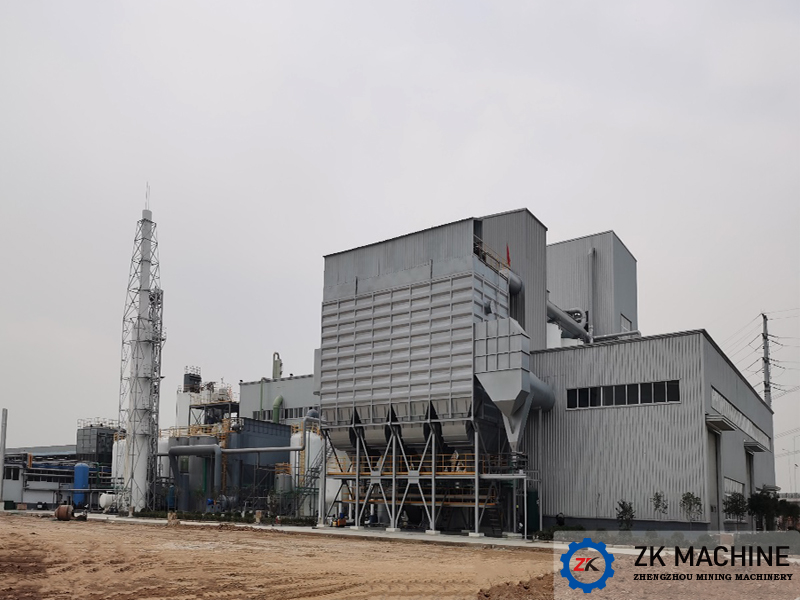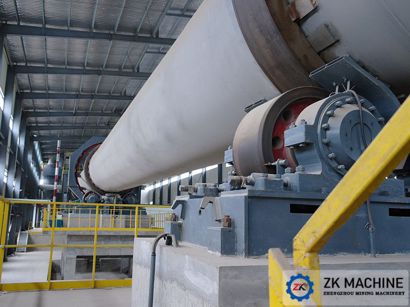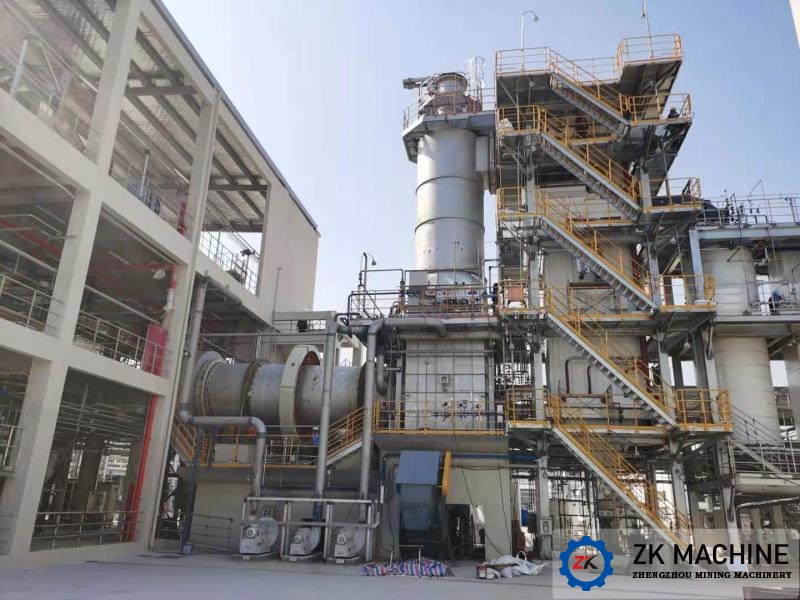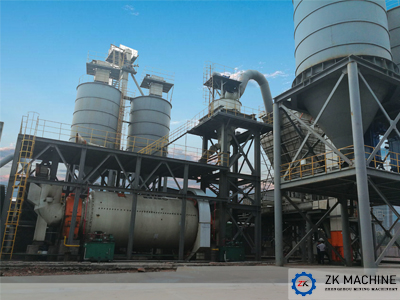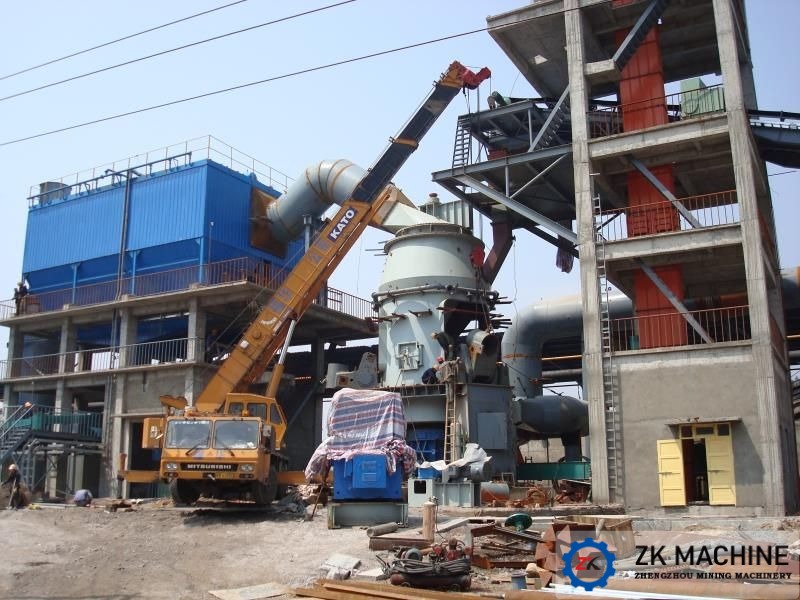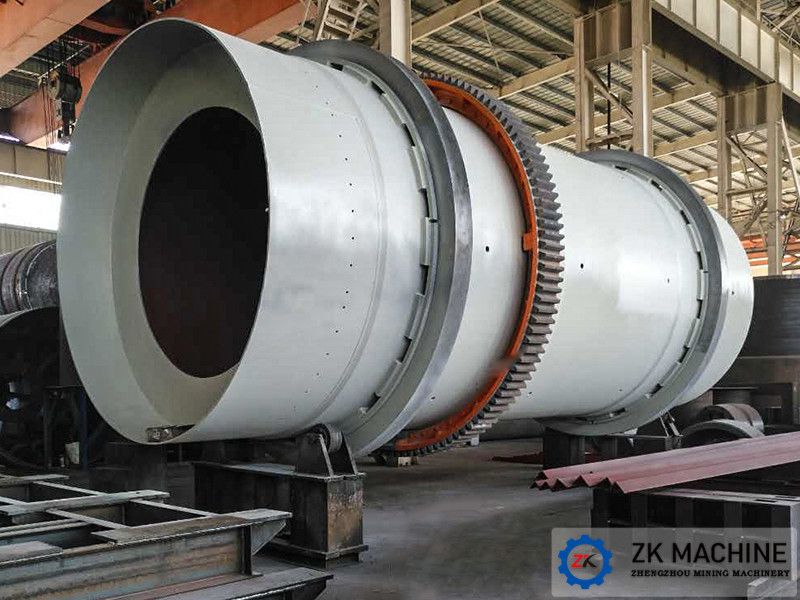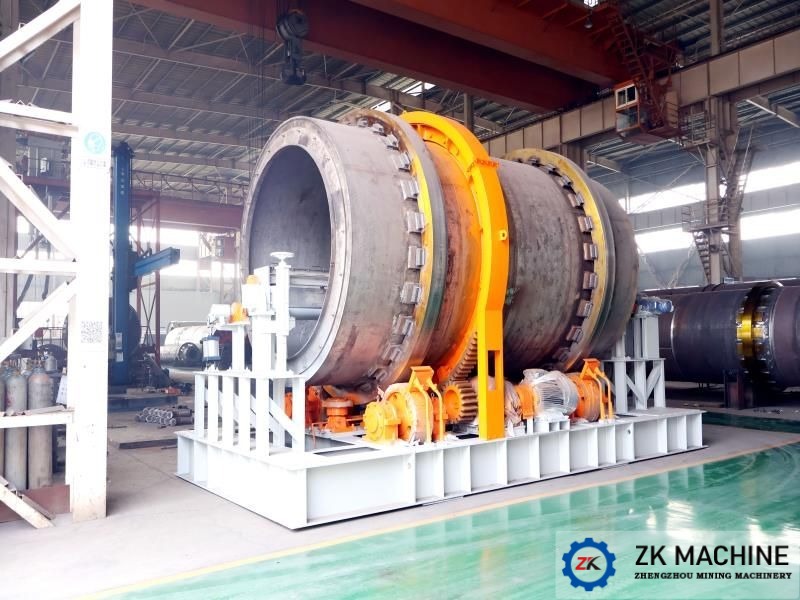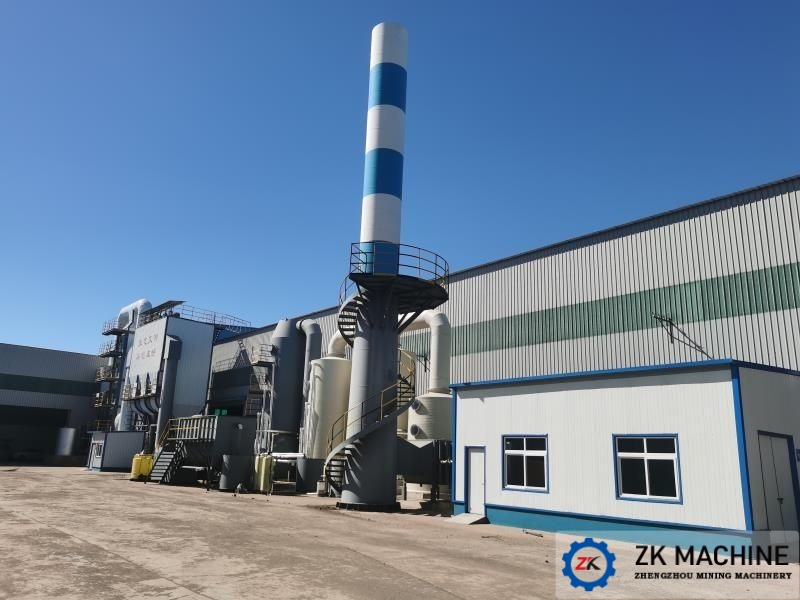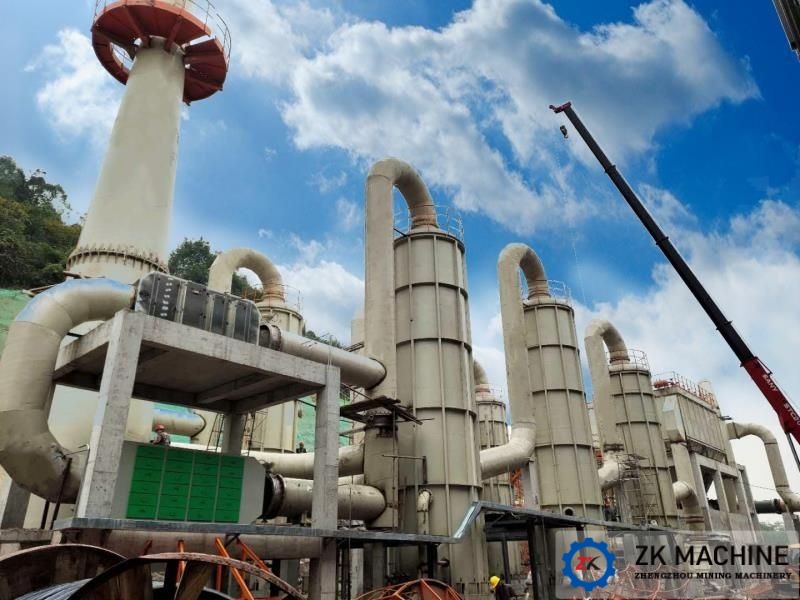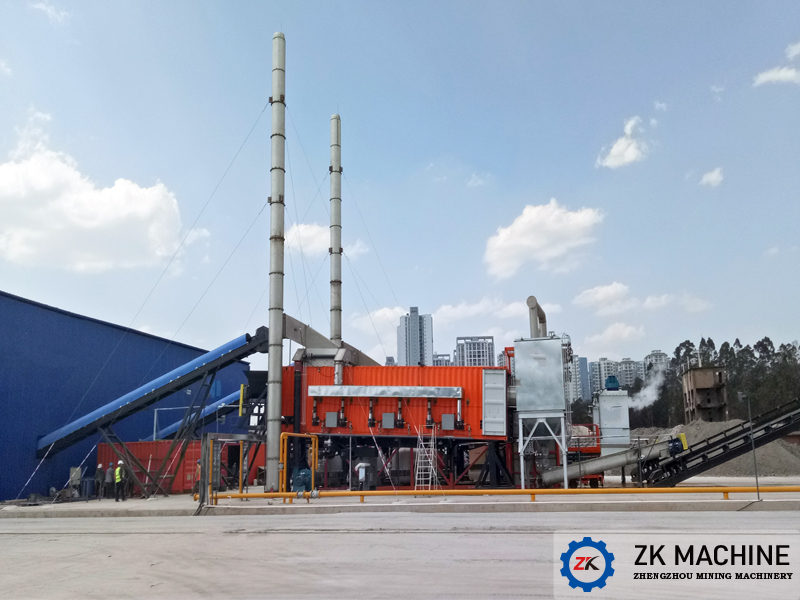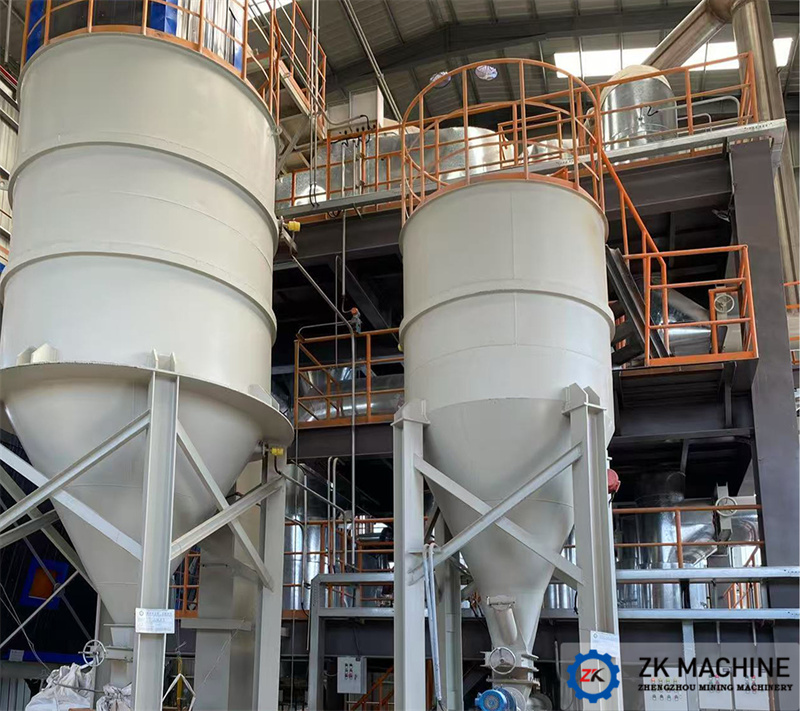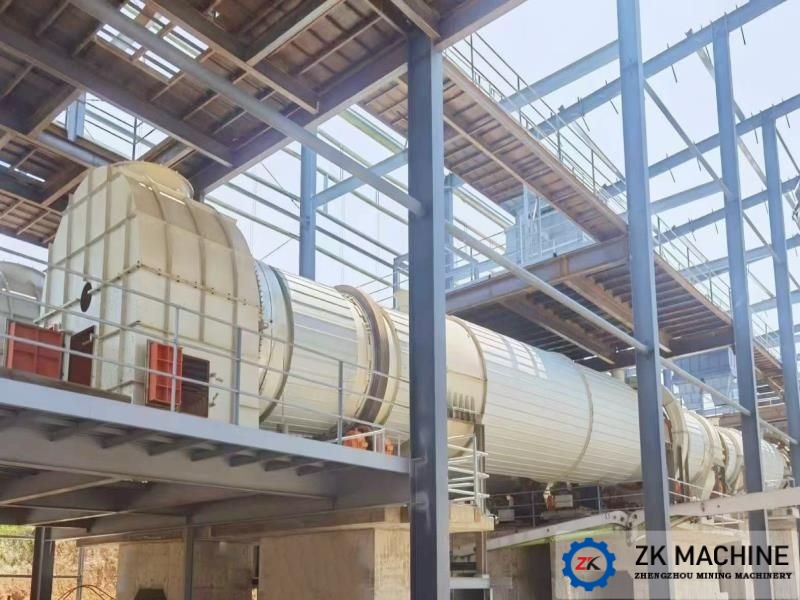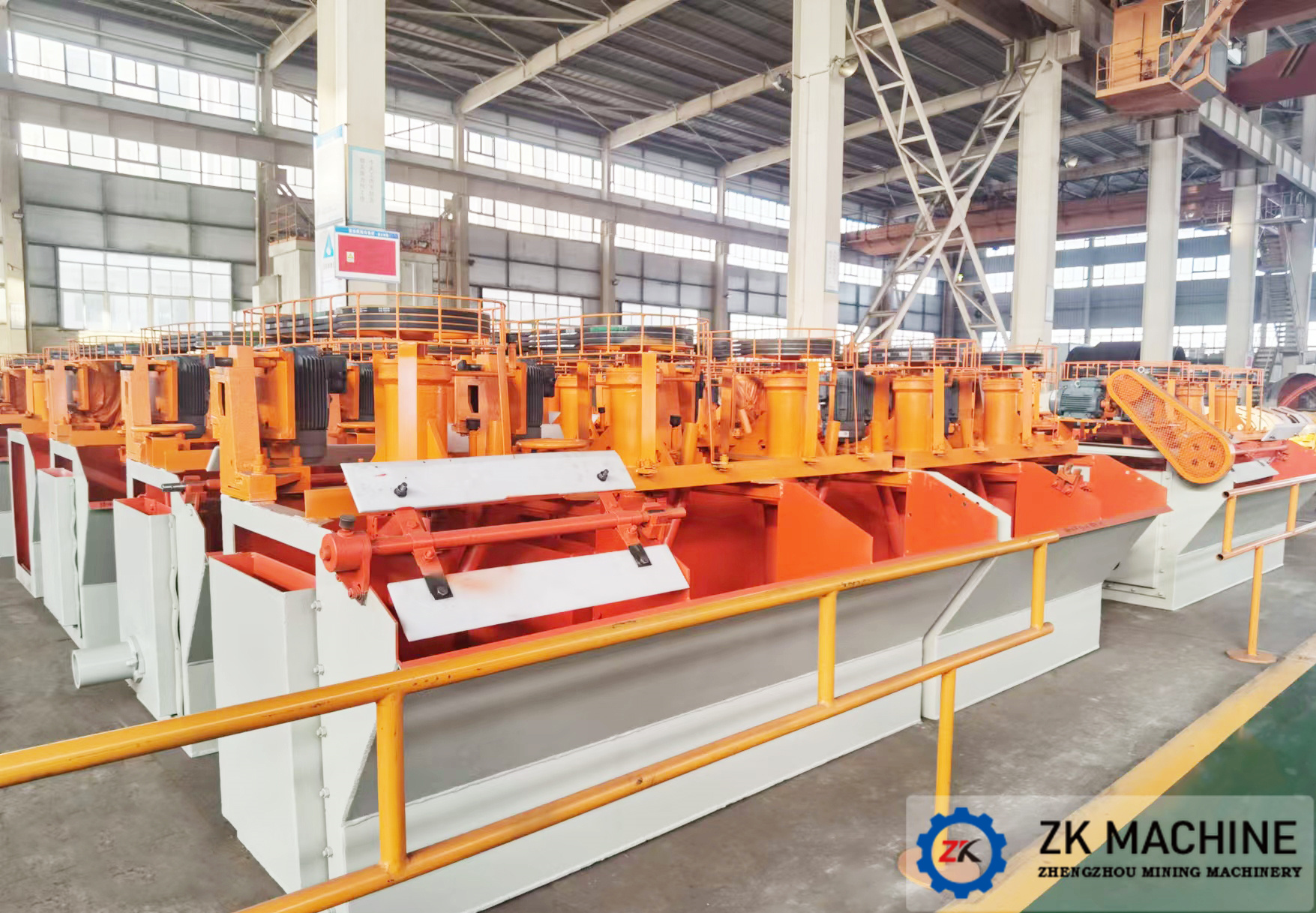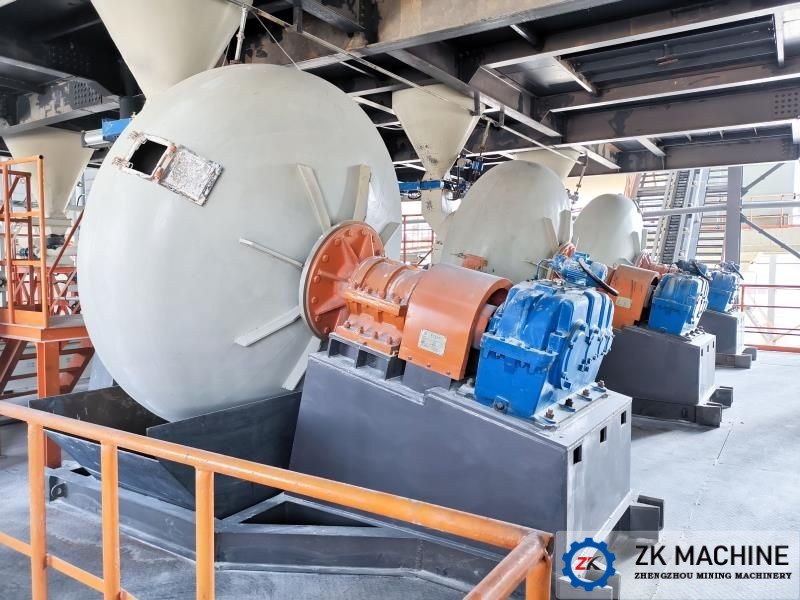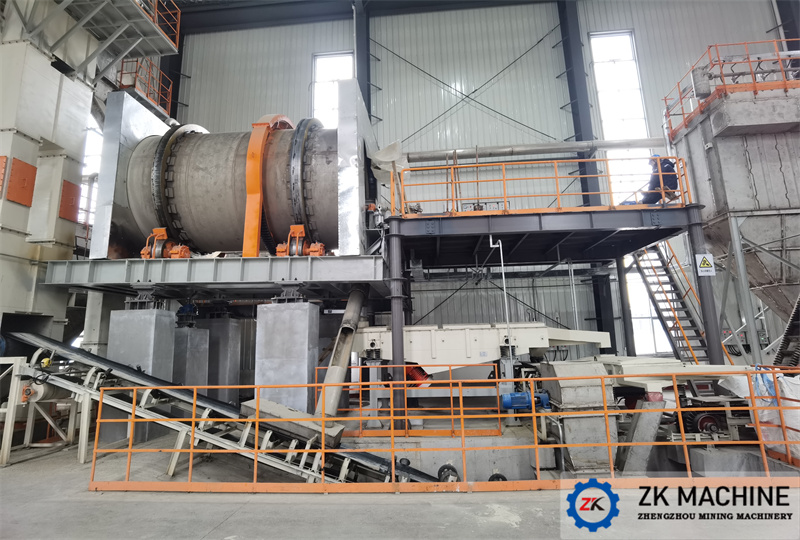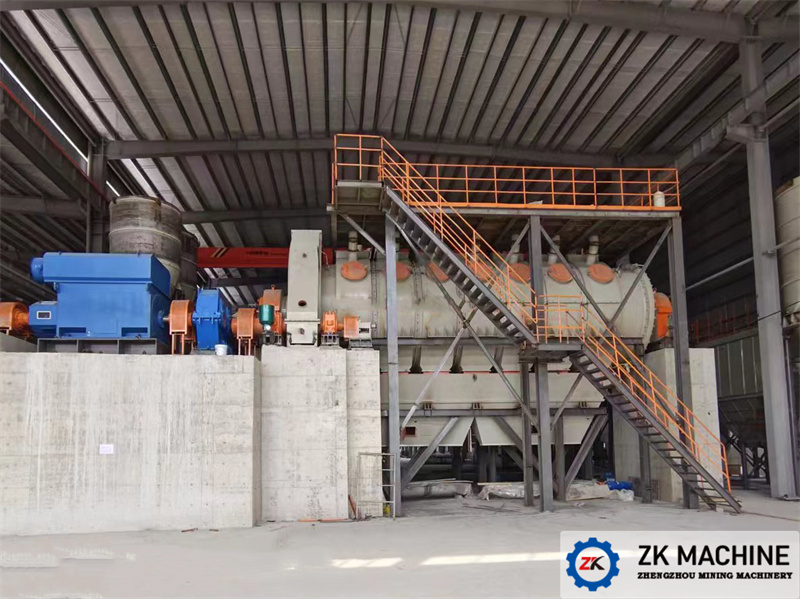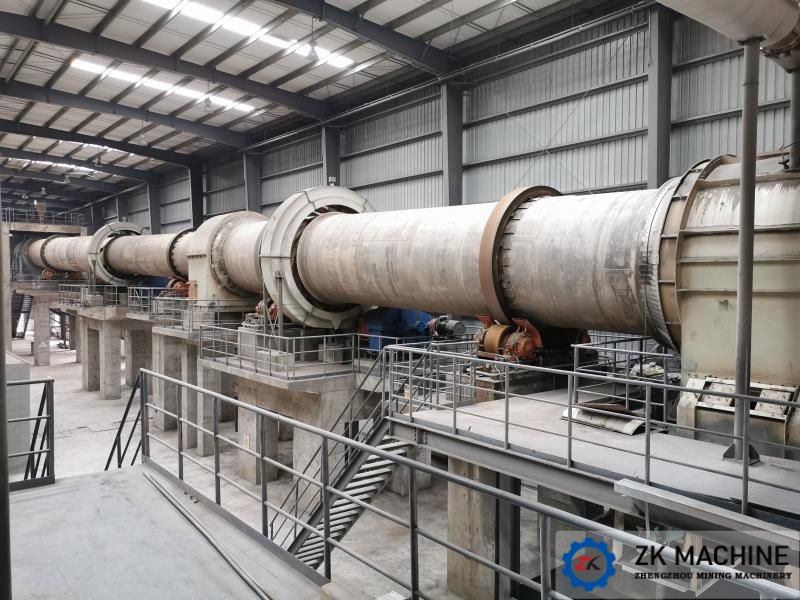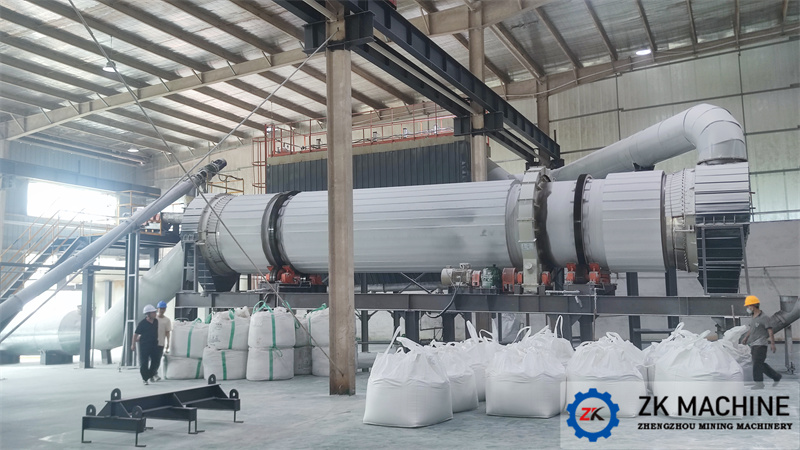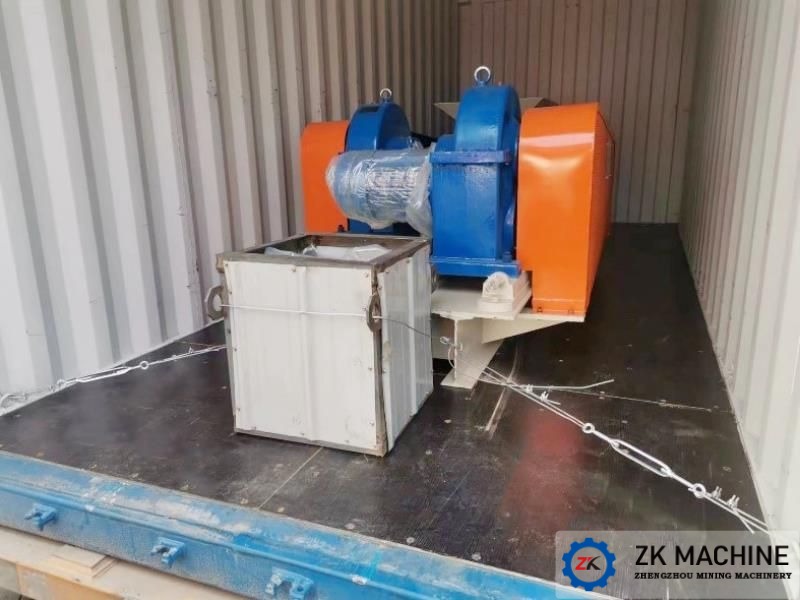High Temperature Alumina Calcination Process Scheme
The process flow and standards of high-temperature alumina calcination are the key to ensuring product quality and performance. Zhengzhou Mining Machinery can produce high-quality high-temperature alumina products that meet application requirements through reasonable process flow and strict standard requirements. Continuously improving process technology and equipment standard requirements will help promote the development and innovation of the high-temperature alumina industry.
The process flow of high-temperature alumina calcination uses industrial aluminum hydroxide or industrial alumina as raw materials, and calcines them at an appropriate temperature into α-type alumina products with stable crystal form; calcined α-type alumina is used as raw material, and alumina powder is made by ball milling. High-temperature calcined alumina powder products have a high melting point, excellent mechanical strength, hardness, high resistivity and thermal conductivity. It can be widely used in industries such as electronic equipment, structural ceramics, refractory materials, wear-resistant materials, polishing materials, etc.
Let's take a look at the specific production process.

Alumina calcination refers to the process of converting aluminum ores such as aluminum hydroxide into alumina by decomposing, dehydrating, and carbonizing them at high temperatures. The process flow of high-temperature alumina calcination can be divided into two stages: thermal decomposition and oxidation. Thermal decomposition refers to the decomposition of aluminum hydroxide or other aluminum compounds into aluminum oxide and water at high temperature; oxidation refers to the oxidation of reducing impurities into non-reducing oxides. The purpose of alumina calcination is to improve the purity of alumina, improve its particle size, and enhance its mechanical properties. During the calcination process, impurity elements are oxidized and disappear, so that the purity of alumina is increased to more than 99%.
The high-temperature alumina calcination process refers to the process of heating compounds with high aluminum content such as aluminum hydroxide at high temperature and removing moisture and oxygen from them to convert them into alumina. The specific process flow is as follows:
1 Raw material preparation: Aluminum hydroxide with a high aluminum content is used as the raw material, and after drying, screening, grinding and other treatments, uniform alumina powder is obtained.
2 Molding: After mixing the alumina powder in a certain proportion, spray drying, granulation or pressing and other molding processes are used to make alumina particles that meet the requirements.
3 Calcination: The obtained alumina particles are calcined at high temperature to remove moisture and gas from them to obtain high-purity and high-density alumina products.
Detailed explanation of the high-temperature alumina calcination process:
1. Raw material preparation The main raw material of high-temperature alumina is bauxite, and its aluminum content is required to be more than 50%. The selection and quality of raw materials directly affect the quality and performance of the product.
2. Ore crushing and grinding The bauxite is crushed and ground to improve its reactivity and fluidity, which is convenient for subsequent process operations.
3. Acid leaching The ground bauxite is reacted with dilute sulfuric acid to dissolve aluminum to form aluminum sulfate. This step requires the control of reaction temperature, time and acid leaching concentration to ensure complete dissolution of aluminum and efficient reaction.
4. Precipitation The solution after acid leaching is filtered and precipitated to convert aluminum sulfate into aluminum hydroxide precipitate. During the precipitation process, parameters such as pH value, precipitation time and temperature need to be controlled to obtain aluminum hydroxide with high purity and uniform particles.
5. Calcination The aluminum hydroxide precipitate is calcined to convert it into high-temperature alumina. During the calcination process, parameters such as temperature, time and atmosphere need to be controlled to ensure the crystal structure and particle morphology of high-temperature alumina.
6. Crushing and grading The calcined high temperature alumina is crushed and graded to obtain the required particle size distribution. The crushing and grading process requires the control of equipment performance and operating parameters to obtain the ideal particle size and distribution.
7. Packaging and storage The high temperature alumina products are packaged and stored to ensure the quality and shelf life of the products.

